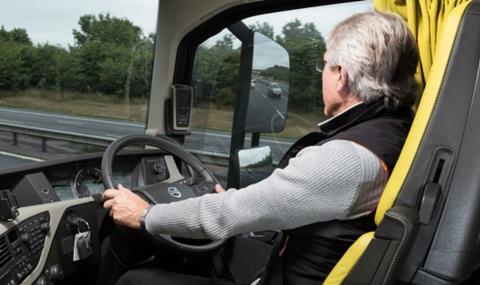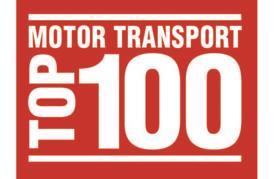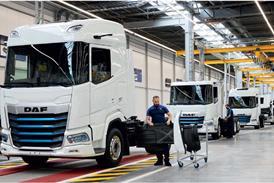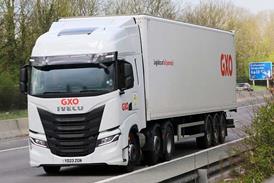
The UK’s driver shortage is still at severe levels with a worrying lack of recruits in the under-30 age group, according to research by driver agency Driver Require.
The research analysed the latest data from the Office of National Statistics’ Quarterly Labour Force Survey for the period October to December 2021.
After crunching the ONS data, Driver Require found that HGV drivers numbers rose by only 2,000 to 263,000 between Q3 and Q4, 39,000 lower than the pre-pandemic level of 301,000 in Q1 2020.
The latest Driver Require Bulletin also revealed that 8,000 HGV drivers left the under-30 age group in Q4, which, combined with previous pandemic losses, reduced the cohort to just 13,000 from a pre-pandemic level of 31,000.
The bulletin noted that this represents a churn of 67% when net additions from new test passes are taken into account.
The over-45 group also shrank by 8,000 in Q4, which Driver Require believes represents a stabilisation of this age group following the substantial recovery of numbers in Q3.
The Driver Require research also found that whilst the number of EU HGV drivers increased by 3,000 to 33,000 in Q4, this is still 4,000 less than the pre-pandemic level of 37,000 EU drivers in Q1 2020.
On the plus side the data revealed that the number of HGV tests conducted in Q4 increased by 50% to 27,000, compared to a pre-pandemic average quarterly level of 18,000. In addition, 12,000 lapsed drivers returned to the 30-45 age group, aided by 3,000 new HGV test passes.
The report concludes that whilst rising wage rates appear to have attracted back and retained the over-30 age group, it has not been enough to retain those drivers under-30, who have left for other job roles with better working conditions and hours.
The report warns that the logistics industry and government must tackle the under-30 age group retention rate “as a matter of priority.”
Read more
- Top hauliers give mixed response to claims driver shortage crisis is easing
- Signs driver shortage is waning, but fundamentals still need to be addressed, warns Pallet-Track chief
- ‘Cautious optimism’ driver shortage is easing, says Logistics UK report
It adds: “We urge the sector and government not to be lulled into complacency by this apparent abatement of the driver shortage.
“Given the extremely high churn rates, we only need haulage volumes to rise by a small increment to reignite the shortage crisis.
Kieran Smith, Driver Require chief executive and author of the report said it was a relief that the driver shortage appears to have stabilised at severe.
He added: “We believe the reason it didn’t return to ‘critical’ status was due to pre-Christmas peak demand for haulage services being constrained by a combination of staff shortages in other areas, such as warehouse staff and van drivers, a shortage of HGV vehicles, and general supply chain disruption.
“In our last bulletin, we observed that there was worryingly high churn in the under-45 age group. The Q4 numbers confirm our suspicion that the real problem is with the under-30 age group which, having grown steadily from 15,000 to 30,000 over the previous 10 years, plummeted to a record low of 12,000 at the end of 2021.
“This represents an unacceptably high 67% churn rate in 2021 and makes up more than half of the net churn of the entire HGV delivery workforce throughout the pandemic.
“We are extremely concerned because we are relying on this younger contingent to replenish the aging workforce. We believe that this acceleration in churn of the under-30s was due to them being lured away by wage increases in other job roles with more attractive working conditions.
He added: “While we are really encouraged that the shortage seems to have stabilised, we absolutely can’t sit back and relax. Our sector, in collaboration with the Government, must make a concerted effort to address the issue of retention, especially in the younger age group.
“This will require coordinated and unified action to improve HGV driver working hours and conditions, and provide more quality secure HGV parking facilities – along with other measures to prevent drivers from leaving the workforce.”
















